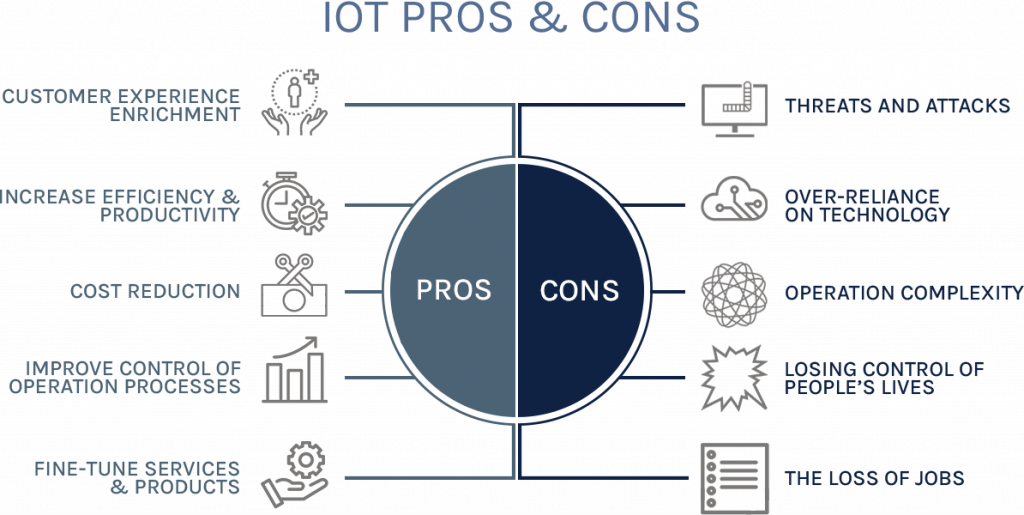IOT
Internet of things ( IoT ) is a new term that refers to the new generation of the Internet and is the communication of people with computers and smartphones, where billions of physical devices worldwide are now connected to the internet, all collecting and sharing data.
By combining these connected devices with automated systems, information can be gathered, analyzed and action can be made to assist or to address specific needs. IoT allows people to connect with coffee makers, washing machines, headphones, lamps, wearable devices, and just about anything else they can think of. IoT also applies to machinery components. It is everything connected to serve people. For example, the machines that work for people without pressing any buttons.
The truth is that the Internet of Things offers endless opportunities in the connections that occur, many of which we cannot imagine or understand to the extent that it affects our daily lives and behaviors.

Some analyzes have predicted that there would be a trillion devices connected to the internet by 2025. As such, IoT is one of the most important technologies in daily life, and it is going to continue growing in strength as more companies realize the potential of connected devices is to stay competitive.
The powerful IoT platforms can pinpoint exactly which data is useful and which may be safely ignored. This information is used to spot patterns, make recommendations, and detect possible problems before they occur.
Devices like the Amazon Echo and Google Home do many of the smart home automation tasks, including controlling light, heat, cameras, security systems, and energy savings in the home. Also, self-driving cars are the main field of competition among the world’s largest companies, and it is enough to look at the experiments carried out by companies such as Tesla and Lyft.
Share this post
